Outdoor upgrades are often seen as smart investments—ways to boost curb appeal, enhance functionality, and make your home more enjoyable. But not all additions have the positive impact homeowners expect. In fact, some popular outdoor features can actually hurt your property’s value, turning off potential buyers or racking up maintenance costs. In this article, we’re breaking down 17 outdoor features that might look impressive on the surface but could be quietly dragging down your home’s worth.
1. Elaborate Landscaping

Elaborate landscaping with intricate flower beds, large water features, and extensive lawns is becoming less desirable. Many buyers prefer low-maintenance yards that require minimal upkeep and water consumption. The trend toward sustainability and eco-friendly landscaping has led to an increase in interest in native plants, xeriscaping, and artificial turf. These options reduce the need for constant watering, mowing, and fertilizing, making them more appealing to busy homeowners.
For many buyers, a simple, well-maintained yard with a patio or small garden is preferable to an elaborate landscape design that demands significant time and effort, says Bankrate. The cost of professional landscaping services can also be a turnoff, as buyers seek homes with easy-to-manage outdoor spaces. As the desire for sustainability and practicality grows, high-maintenance landscaping is falling out of favor.
2. Elaborate Outdoor Kitchens

An outdoor kitchen might seem like an attractive addition, but in reality, it often goes unused. The cost of installing built-in grills, refrigerators, and extensive countertops can be steep, and many homeowners find that they don’t use these features often enough to justify the expense, notes Backyard Discovery. For those living in regions with colder climates, an outdoor kitchen may be impractical for much of the year. Instead, buyers are focusing on versatile outdoor spaces that require less maintenance and investment.
A well-designed patio or deck with comfortable seating and a simple grill is often more appealing than an elaborate outdoor kitchen. Many homebuyers are looking for functional, low-maintenance outdoor areas where they can relax without the hassle of maintaining multiple appliances. The upkeep required for outdoor kitchens, including weatherproofing and seasonal cleaning, can deter potential buyers. As preferences shift toward simplicity and usability, outdoor kitchens are losing their appeal.
3. Swimming Pools

While a backyard pool might seem like a dream feature, many buyers see it as more of a hassle than a luxury. According to Better Homes & Gardens, the cost of installation, maintenance, and heating can be prohibitively high, making pools a financial burden. Families with young children may also have safety concerns, further reducing the appeal of having a pool. In regions with shorter swimming seasons, pools often go unused for much of the year, leading many buyers to see them as an unnecessary expense.
Homeowners who prioritize outdoor living spaces often prefer simpler features like fire pits, shaded patios, or hot tubs. These alternatives provide relaxation without the high costs and maintenance that come with a swimming pool. Additionally, many homebuyers look for properties with low-maintenance yards that do not require constant upkeep. As preferences shift toward practicality and cost-efficiency, pools are losing their status as a must-have home feature.
4. Solar Panels

Solar panels have become a popular eco-friendly home upgrade, but they are increasingly difficult to maintain. One of the main concerns is the cost of replacement if the panels are damaged during a natural disaster or other covered event. Solar panel systems can be expensive to install, and insurers may be hesitant to provide full coverage due to the high replacement costs, says Solar Reviews.
Additionally, solar panels may require specific servicing, which not all homeowners may be aware of or able to perform themselves. If you have a solar panel system, it’s crucial to work with your insurance company to ensure you’re properly covered. Failure to do so could leave you exposed in the event of damage. Some insurers may also consider the age of your solar panels when determining coverage, with older systems being harder to insure. As the popularity of solar energy continues to grow, it’s essential to be aware of the potential difficulties in securing proper insurance for these systems.
5. Unpermitted Structures

Adding structures like sheds, guesthouses, or even expansive decks without the proper permits can create serious problems for homeowners when it comes to insurance. Insurance providers expect all home improvements to be done in compliance with local regulations, including obtaining necessary permits. If you’ve built something without the proper paperwork, your insurer may refuse to cover any damage that occurs to the unpermitted structure. In some cases, insurers might cancel your policy altogether if they discover unpermitted additions.
In other instances, they may refuse to offer coverage for the unpermitted structure and only insure the main house. Homeowners who have made unauthorized changes to their property may find themselves facing legal or financial difficulties if they need to make a claim. If you’re planning any home upgrades, be sure to follow local zoning laws and get the necessary permits before starting work. Insurance companies are very strict about this issue and can penalize homeowners who fail to adhere to regulations.
6. Oversized Water Features
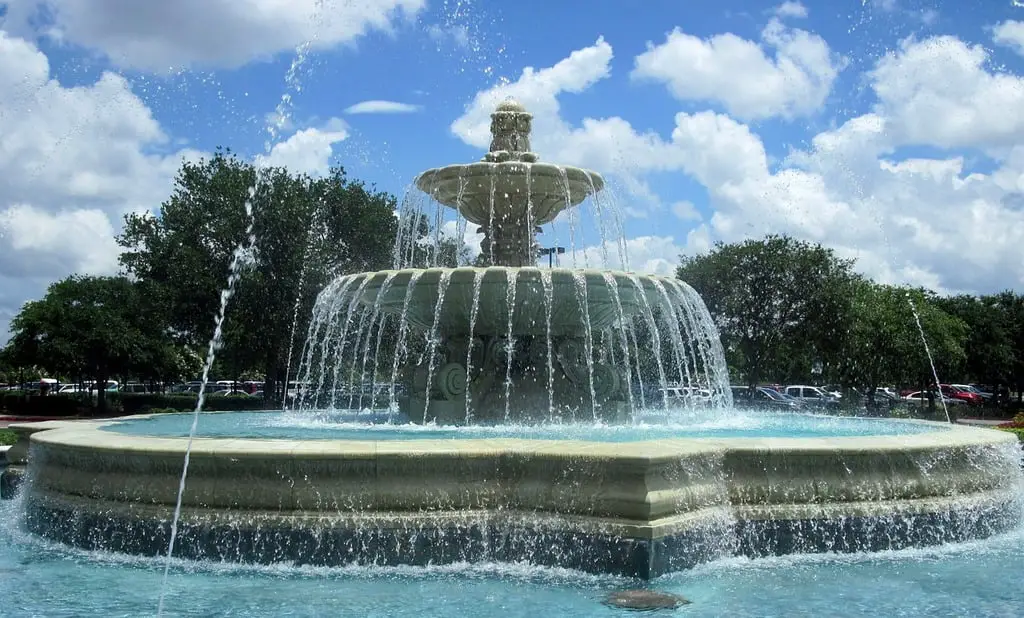
There was a time when large backyard fountains and koi ponds were seen as a sign of luxury. Homeowners invested heavily in elaborate water features, believing they added sophistication and serenity to their outdoor spaces. However, these features are now considered impractical due to high maintenance costs and water waste concerns. Many homeowners are choosing more sustainable landscaping options, such as drought-resistant gardens or minimalist designs.
Additionally, oversized water features can quickly become an eyesore if not properly maintained. Algae buildup, murky water, and broken pumps can turn an elegant pond into a backyard disaster. The trend has shifted toward small, low-maintenance water elements like birdbaths or natural rock fountains. As more homeowners prioritize functionality and simplicity, large, high-maintenance water features are falling out of favor.
7. Gazebos with Heavy Drapes

Gazebos were once the ultimate backyard status symbol, offering a shaded retreat for relaxing or entertaining. Many homeowners took this a step further by adding heavy drapes, mosquito netting, and ornate details to create a luxurious outdoor living space. However, these draped gazebos are now viewed as outdated and impractical. The fabric often fades, collects dirt, and becomes a breeding ground for mold and pests.
Modern outdoor design favors open, minimalist pergolas or sleek, covered patios instead. These options provide shade without the maintenance headaches of fabric-covered gazebos. The focus has shifted toward durable, all-weather materials that require little upkeep. As a result, the once-trendy draped gazebos are disappearing from backyards in favor of more functional and stylish alternatives.
8. Brightly Colored Mulch
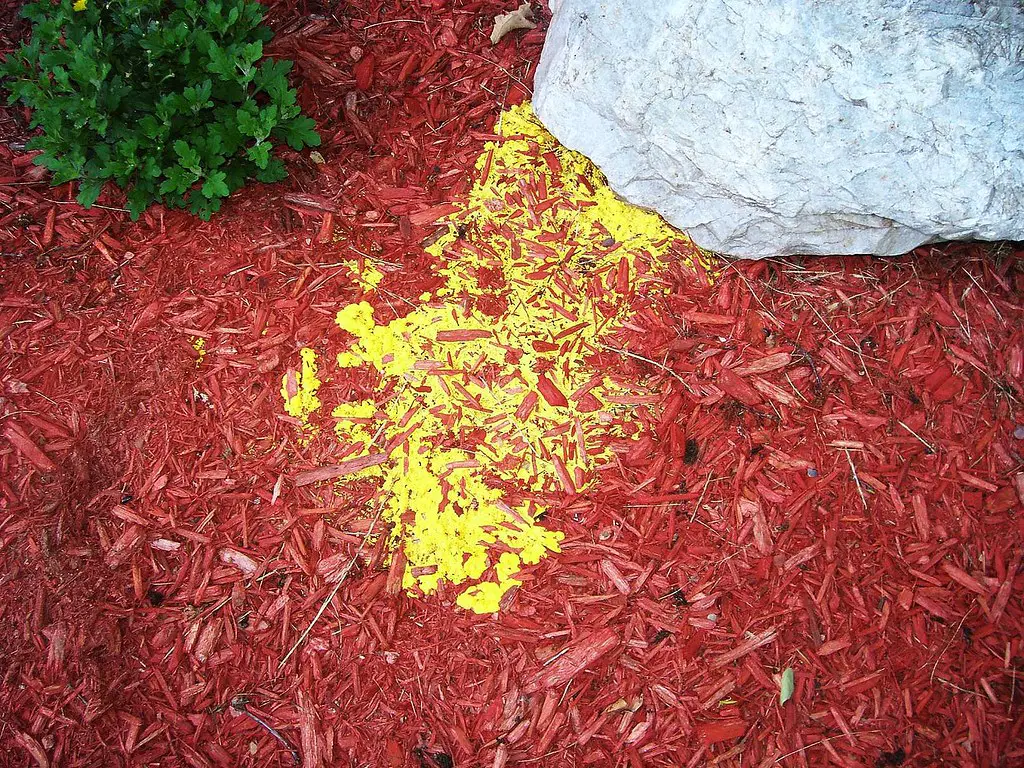
For years, homeowners used brightly colored mulch—often in shades of red or blue—to make their garden beds pop. It was marketed as a way to add vibrancy to landscaping while helping with weed control and moisture retention. However, many now consider these unnatural hues an eyesore rather than an enhancement. The artificial dyes can leach into the soil, potentially harming plants and disrupting the natural ecosystem.
The trend has shifted toward natural mulch materials like shredded bark, wood chips, or even pea gravel. These options not only look more refined but also break down naturally, enriching the soil over time. Modern landscaping emphasizes a more organic, understated look that blends with nature rather than standing out. As a result, garish-colored mulch is being phased out in favor of earthier, more sustainable choices.
9. Built-In Barbecue Islands
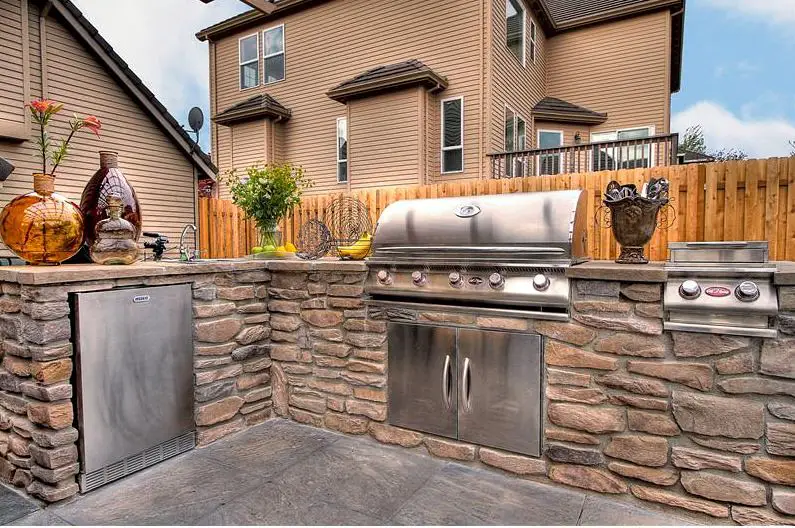
Once a must-have for outdoor entertainers, built-in barbecue islands were designed to create a full-fledged outdoor kitchen experience. They often featured large stainless-steel grills, countertops, and even sinks or mini-fridges. While they seemed like the ultimate luxury, many homeowners now find them impractical and high-maintenance. These structures are expensive to install, difficult to clean, and limit the flexibility of backyard space.
Portable grills and modular outdoor cooking setups have become the preferred choice for modern homeowners. These options offer more versatility and can be upgraded or rearranged as needed. Additionally, built-in units can become outdated quickly as new grilling technology emerges. As people seek convenience and adaptability, built-in barbecue islands are falling out of favor.
10. Lawn Gnomes and Excessive Yard Décor
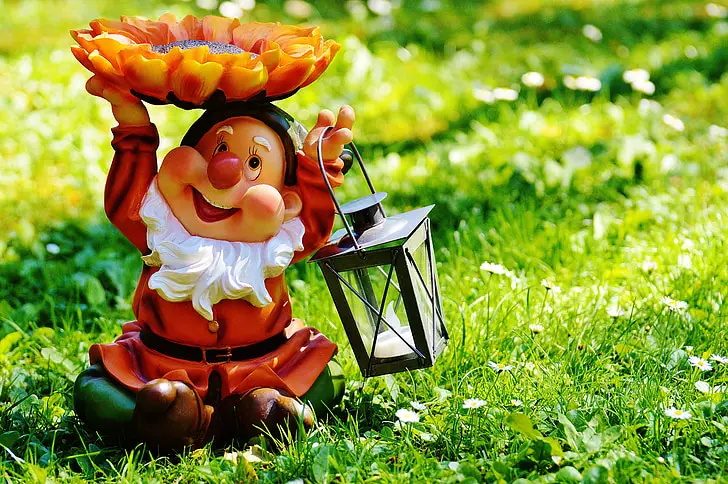
There was a time when quirky lawn ornaments like gnomes, flamingos, and metal wind spinners were seen as a fun way to personalize a backyard. Some homeowners took it to the extreme, covering their lawns with an assortment of decorative pieces. However, today’s landscaping trends favor a cleaner, more minimalist approach. Too many ornaments can make a yard look cluttered and kitschy rather than stylish and inviting.
Instead, homeowners are focusing on natural elements like statement planters, subtle lighting, and well-placed sculptures. Modern outdoor aesthetics lean toward sleek, cohesive designs rather than an overload of trinkets. While a single whimsical piece might still have a place, excessive yard décor is largely viewed as outdated. As a result, once-trendy collections of gnomes and ornaments are being retired in favor of more sophisticated landscaping choices.
11. Fake Rock Landscaping

Artificial rock formations were once a popular way to add texture and depth to a backyard. Homeowners used faux boulders to line flower beds, disguise utility boxes, or create small waterfalls. However, these manufactured rocks are now seen as tacky and unnatural-looking. Over time, they can fade, crack, or simply look out of place against more organic landscaping elements.
Natural stone has become the preferred choice for outdoor design, offering a timeless and authentic look. Homeowners are opting for locally sourced rocks and gravel that blend seamlessly with the surrounding environment. Additionally, sustainability-conscious landscaping encourages the use of real materials rather than synthetic substitutes. As a result, artificial rock features are being phased out in favor of genuine stone elements.
12. Above-Ground Hot Tubs
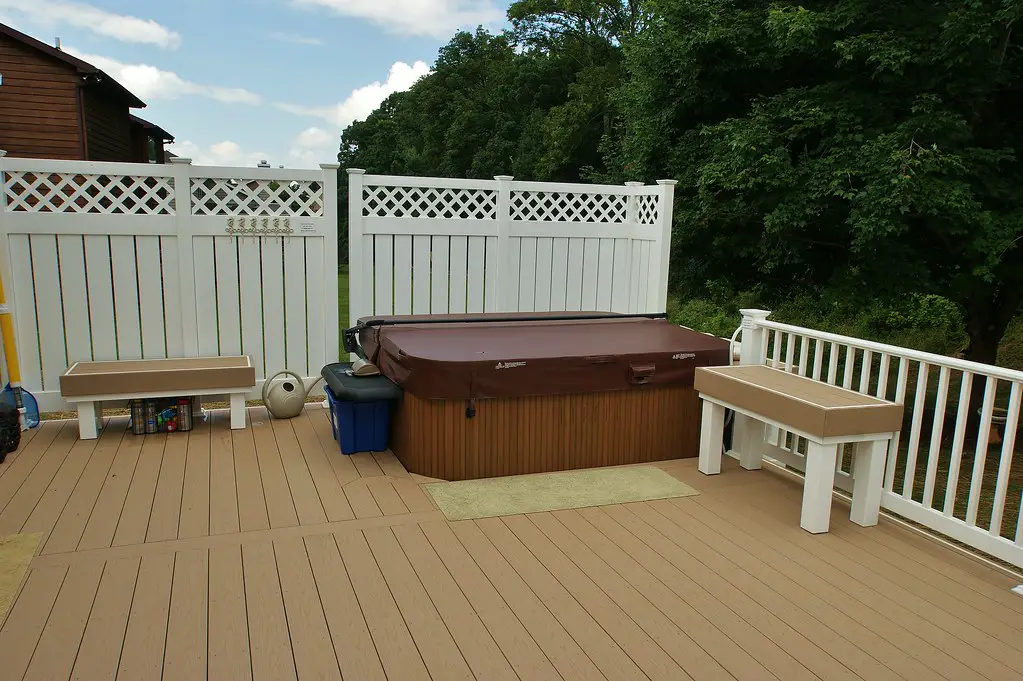
At one point, above-ground hot tubs were considered the ultimate backyard luxury. They were advertised as a way to create a spa-like experience at home without the expense of an in-ground installation. However, many of these units are now seen as bulky, unattractive, and difficult to maintain. Over time, the exterior panels can warp or discolor, and the cost of upkeep often outweighs the enjoyment factor.
Homeowners are increasingly favoring in-ground spas or streamlined plunge pools instead. These options integrate more seamlessly with the landscape and offer better long-term value. Additionally, newer designs prioritize energy efficiency and water conservation, making them more practical than older models. As backyards shift toward more modern and cohesive aesthetics, above-ground hot tubs are losing their appeal.
13. Swing Sets and Oversized Play Structures
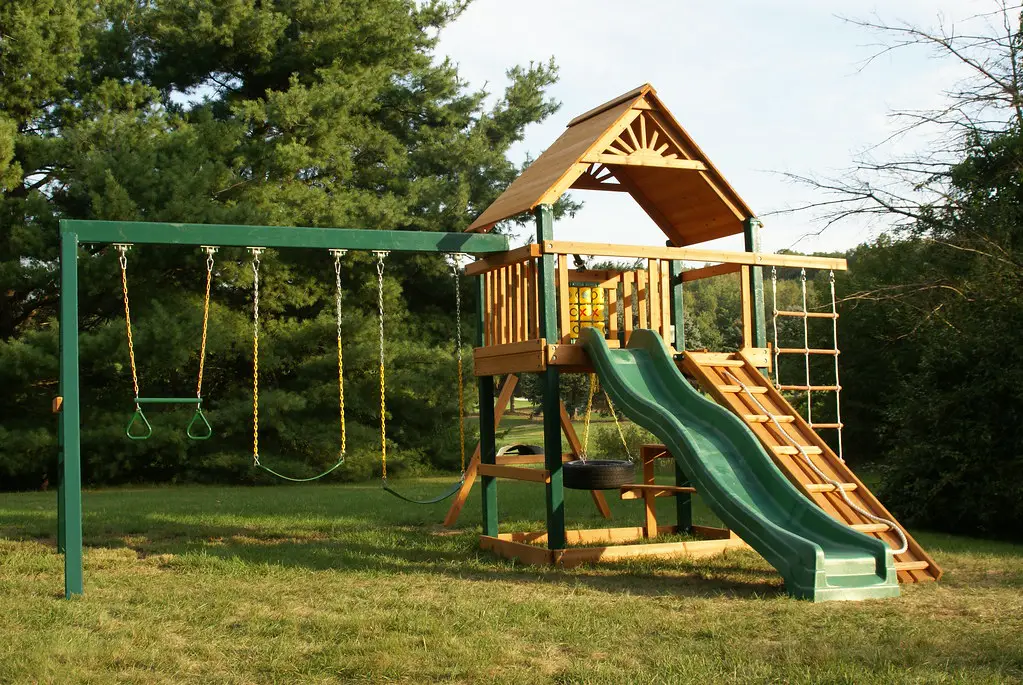
Many families once installed large wooden swing sets, elaborate treehouses, or multi-level play structures in their backyards. While these were great for entertaining kids, they often took up a significant portion of yard space and required frequent maintenance. As children grew older, these structures became underutilized, leaving homeowners with a large, outdated eyesore.
Now, homeowners are prioritizing flexible outdoor spaces that can grow with their families. Features like in-ground trampolines, climbing walls, or modular play areas that blend into the landscape are gaining popularity. With a focus on creating multi-purpose, aesthetically pleasing backyards, traditional swing sets and bulky play structures are being phased out.
14. Large Fire Pits with Permanent Seating
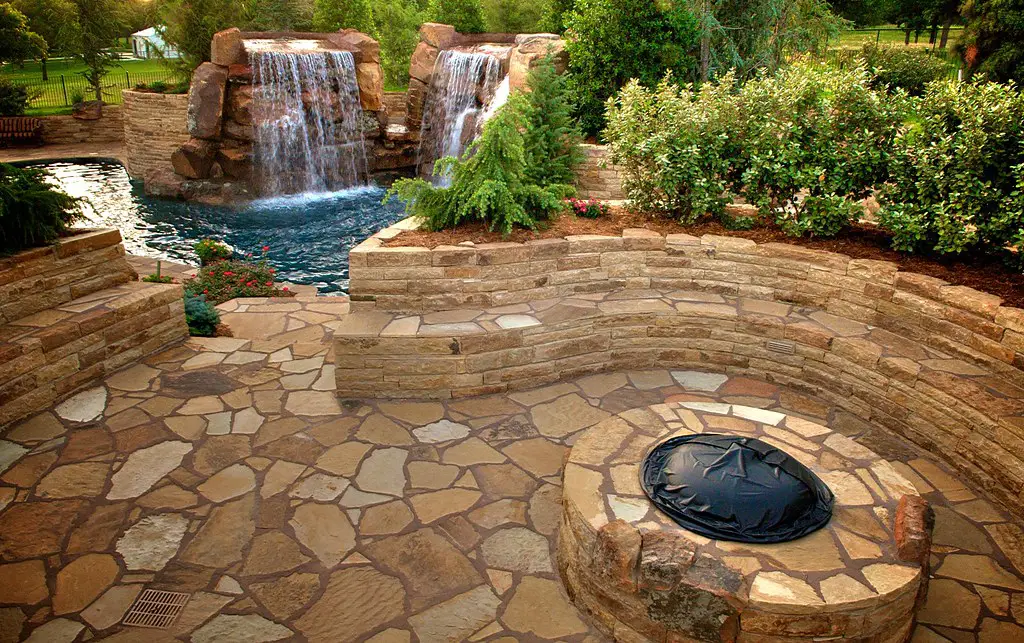
Backyard fire pits became a major trend in outdoor living, with many homeowners installing large, built-in pits surrounded by stone benches. These setups created a cozy, communal atmosphere for gatherings, but their rigid design often proved impractical. Many homeowners found that built-in seating was uncomfortable and limited how the space could be used. Additionally, large fire pits require significant upkeep and can be a safety concern in dry climates.
Modern fire features have moved toward smaller, more flexible options like portable fire tables or sleek gas fire pits. These alternatives provide the same warmth and ambiance but offer more versatility in backyard layouts. With more people valuing multi-purpose outdoor spaces, oversized fire pits with permanent seating have become a thing of the past.
15. White Vinyl Fencing
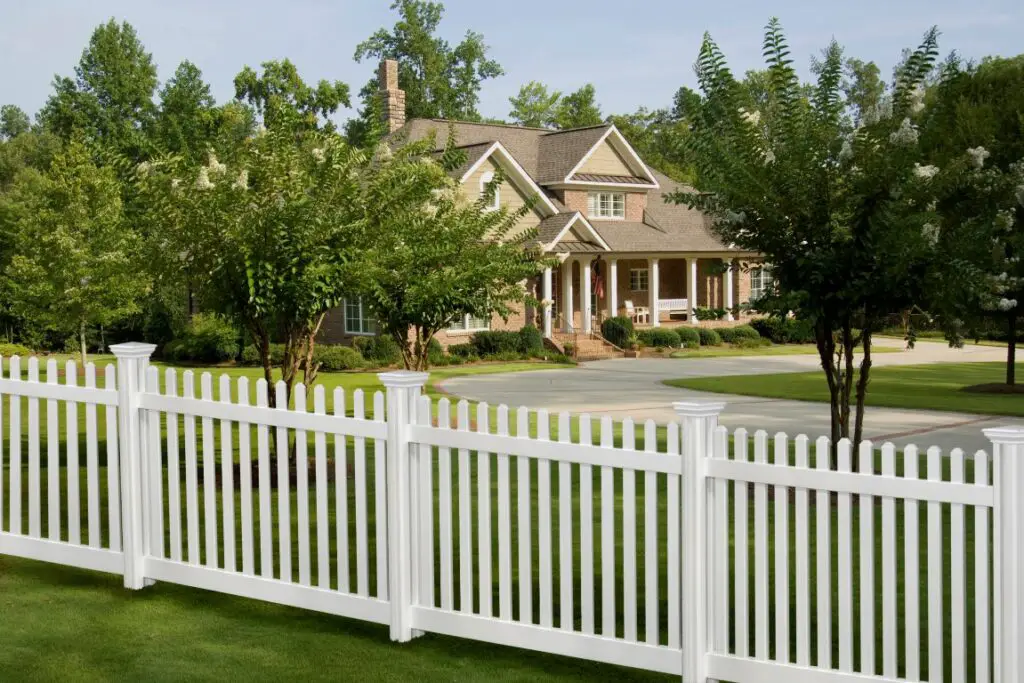
For years, white vinyl fencing was marketed as a low-maintenance alternative to traditional wood fences. It promised durability, weather resistance, and a crisp, clean look that complemented almost any home. However, homeowners quickly realized that vinyl fences tend to discolor over time, becoming dingy or yellowed due to sun exposure. They can also crack in extreme temperatures, making them less durable than originally advertised.
Many people are now opting for more natural fencing materials like wood, bamboo, or metal, which age more gracefully. Horizontal wood slats and living fences, such as hedges or tall grasses, have become increasingly popular for privacy and aesthetics. As backyard trends shift toward organic, eco-friendly designs, the once-coveted white vinyl fence is fading from favor.
16. Tiki Bars and Themed Outdoor Bars
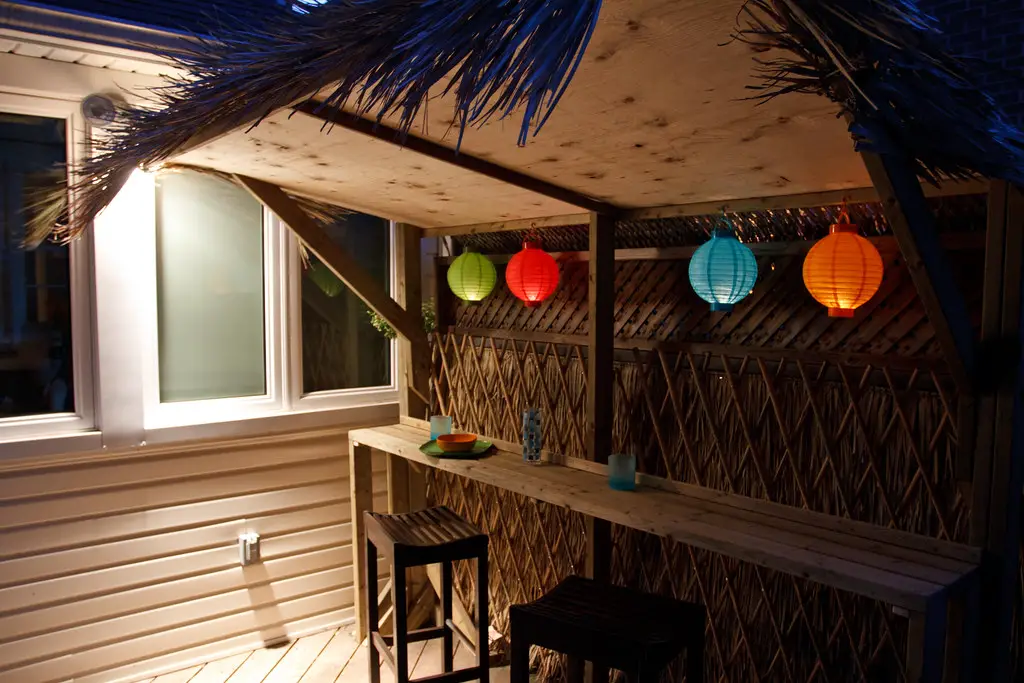
Tiki bars and tropical-themed backyard bars were once a fun and festive addition to outdoor spaces. Homeowners went all out with bamboo countertops, thatched roofs, and colorful string lights to create an island-inspired escape. While these bars were popular for entertaining, they often felt out of place in non-tropical environments. Over time, the novelty wore off, and the maintenance of these themed structures became more trouble than they were worth.
Contemporary outdoor entertaining spaces now favor sleek, modern bar setups with clean lines and neutral tones. Built-in bars with natural stone or wood finishes provide a timeless look that blends with any setting. As backyard aesthetics lean toward understated elegance, over-the-top tiki bars have lost their charm.
17. Checkerboard or Stamped Concrete Patios
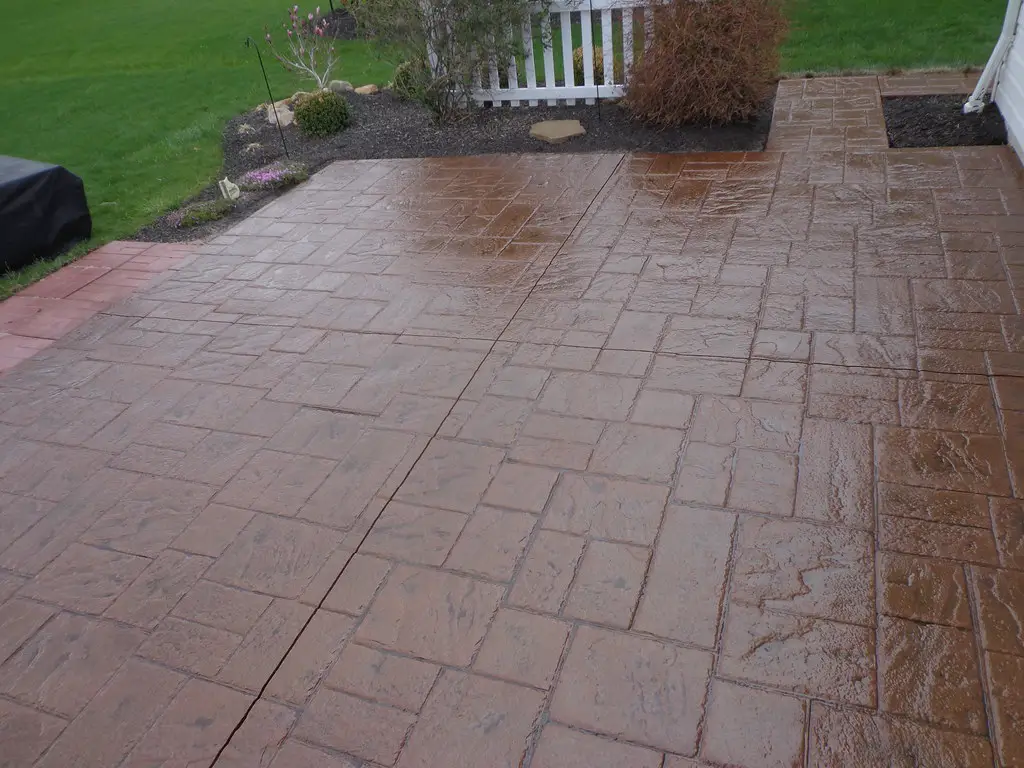
In the past, checkerboard patios and stamped concrete designs were considered stylish ways to add visual interest to outdoor spaces. Homeowners would choose bold color contrasts or intricate patterns to make their patios stand out. However, as tastes evolved, these decorative surfaces started to feel outdated and overly busy. The colors often faded unevenly, and cracks in the concrete disrupted the original designs.
Modern patios favor more natural materials like flagstone, slate, or large-format pavers for a timeless look. Simple, neutral-toned concrete with a smooth or brushed finish has also become a preferred option for those seeking a minimalist aesthetic. As outdoor trends shift toward more organic and subdued designs, highly patterned concrete patios are becoming a thing of the past.
